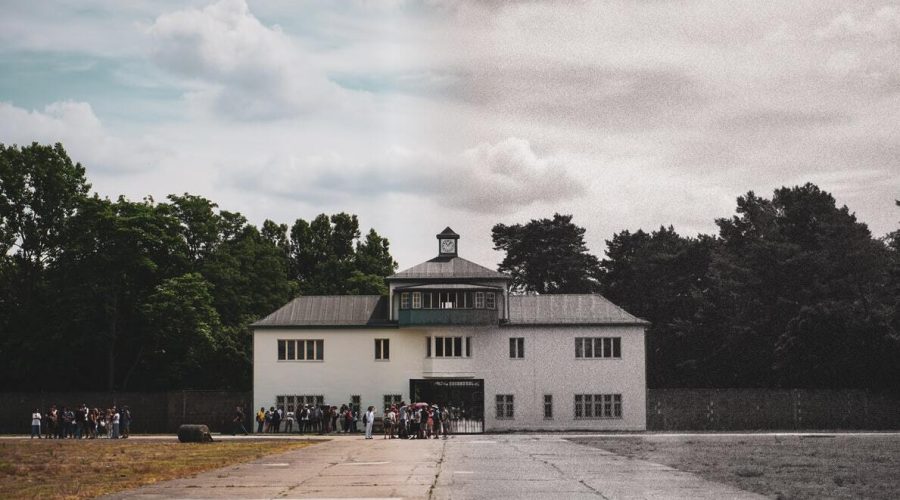How Much Did It Cost to Build the Berlin Wall?
Ever thought about the cost implications of one of history’s bad boys? In this blog post, we will be investigating the price of building the Berlin Wall. Whether it’s the cost of building materials or upkeep costs, we’ll examine the financial cost of this mark of discrimination and look into why it came with such a hefty tag.
Construction and Initial Costs
The rebuilding of the Berlin Wall was started on August 13, 1961 and was accomplished by an estimated 10,000 East German guards through a wall constructed between East and West Berlin. The first construction costs were estimated at around 16 million East German marks. The wall was mainly constructed from barbed wire and concrete sections, which were subsequently fortified using steel mesh and obstacles including nails.
Long-Term Maintenance
After the construction of the Berlin Wall ongoing maintenance was necessary to bypass issues to keep it an effective barrier. The expense of patrolling the wall drifted over time, after different methods were applied to secure it. Many hutches had maintenance costs worth several million East German marks per year.
Security Measures and Border Guards
The biggest expenditure associated with maintaining the wall was its policing, the presence of border guards who examined the zone to locate any break or run, stop illegal migration. These guards also worked watchtowers, guard dogs, and numerous checkpoints. This was huge security system necessary at government of eastern Germany to be in government control and prevented defected to West Berlin to next the countries.
Constant Enhancements and Modifications
As individuals tried to get around the wall in various creative ways, East Germany simply had to keep making the wall more formidable. This included shoring up weak points, constructing additional walls, additional fencing and others such as various security measures. Every edit needed time and budget and added to the final cost of the wall.
The Hidden Costs
Though the direct costs of construction and maintenance of the Berlin Wall can be quantified, the indirect ones too arise: the construction of this wall left both the people living in the East as well as those living in the West to face equally physical and emotional attacks.
Social Impact and Division
The building of the <a href=”https://www.acnasalonimpsc.com/2019/02/19 BrowserRouter Prostitutas/The-walls-built Brigham Pharrah-walls Entrepreneur Educators_<a href=”https://www.acnasalonimpsc.com/author/Apokalypsera” It brought immense emotional pain and people had to suffer greatly being separated from the loved ones on the other side. The price of this psychological cost is immeasurable but is a serious factor to be taken into account when assessing the effects of the Berlin Wall.
Economic Consequences
The division by the Berlin Wall had severe economic effects on both sides. West Berlin became a surrounded island, impeding trade and economy. At the same time, the East German state was severely plagued by rapid brain drain – lots of talented workers and experts who were departing to the West. The economic implications of this event were severe and far-reaching beyond the wall came down.
Conclusion
The cost of the Berlin Wall meanwhile comprised more than the costs of its construction and maintenance. So what was born, it created a separation, a huge economic catastrophe, for both East and West Germany, with unknown number of human lives that were fried up and the extent of human opportunities which were nipped in the Bud. Knowing the financial aspect is key to realizing the significance of the wall on society and history.
Thankfully in November 1989, the Berlin Wall opened up and a unification of Germany the process of dismantling what once was a iconic symbol of a cleavage among the people.
Table of Contents



